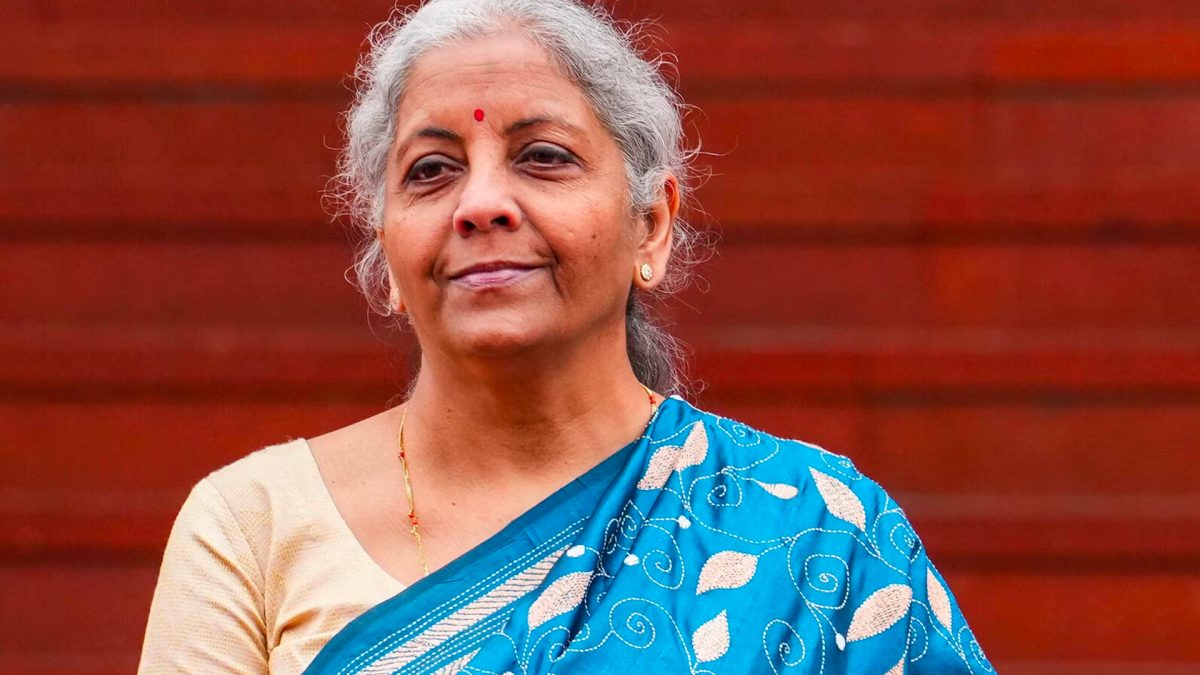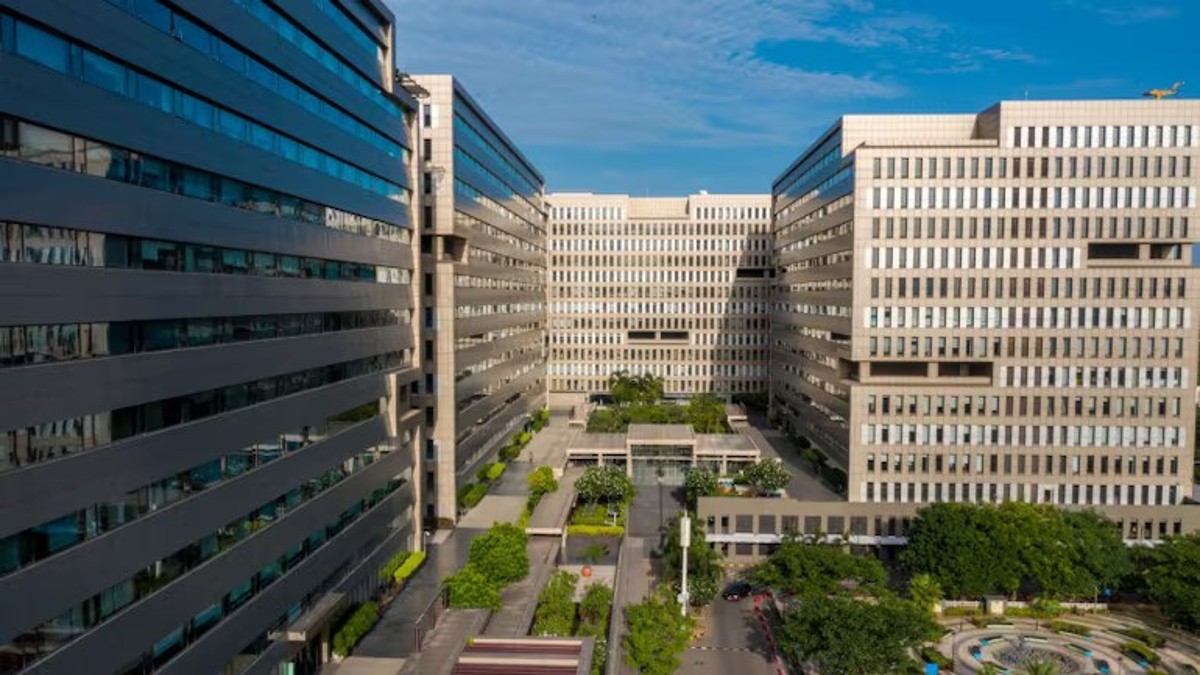The passing of the central pay commission’s (CPC’s) recommendations on allowances by the Cabinet is significant for various reasons. This is something that was being watched closely as there are financial implications which were subject to conjecture. The government has now made it clear that these revisions would kick-in at Rs 30,748 crore for the year, which is higher than projected earlier by around Rs 1,450 crore.
The CPC has done one remarkable thing in addressing the plethora of allowances that are in the system. There are an abnormally high number of 197 of them in various forms and the CPC had recommended abolishing 53 and merging another 37 with the existing allowances. Most of these recommendations have been accepted with some minor retention and there will henceforth be 128 allowances, which is still very high.
The one heading that was watched carefully was the HRA (house rent allowance) component. While the most obvious aspect is the level of these allowances especially for those who do not use government accommodation but live on their own, the absolute numbers become important because these numbers are used when calculating the rent component in the consumer price inflation(CPI). As there is limited information on rents prevailing in the country, the HRA component in central government pay scales is used for this purpose. Hence, any increase in the final amount being received will be adjusted in the CPI. This was one of the concerns expressed all along that when the CPC recommendation on HRA is accepted, then the CPI will show an upward tendency. It has a weight of around 10 percent in the CPI with the same increasing to 21.7 percent for urban households. Intuitively, an increase in the HRA paid will push up the CPI proportionately which is what the RBI had indicated indirectly in the last credit policy on the possible inflation trigger in the CPI on account of the Pay Commission recommendations being implemented.
The CPC has made several recommendations on various allowances relating to defence, post and telegraph, railways etc. which also cover issues like education, hostel fees, nursing etc. A broader issue is whether the government should move over to a private sector like model to reduce these allowances and make flat payments to the employees. In the private sector there are very few items in the pay-slip besides the mandatory basic salary (which is used for the purpose of making provident fund payments) and house rent allowance (as it has tax implications). The balance goes under a single heading of allowances which subsumes all purposes. The leave travel allowance is kept separately due to the tax benefit that can be availed of based on the prevailing tax laws.
It may be pointed out that most of these allowances have come down the ages due to legacy issues and no one has ever considered any kind of rationalisation. But having even 100 such allowances takes up a lot of administrative time as very often these allowances are provided on provision of sufficient proof of the same. Further, this gives rise to several cases of incorrect representation to draw allowances as it is assumed that even an education allowance is a legitimate compensation irrespective of the cost being incurred. In case all of them were merged into something called ‘personal allowances’ then giving the same separately can be eschewed. At times allowances are given to escape the tax rules which hence need to be re-examined because as we move towards the new Direct Tax Code, most of the exemptions would be eliminated. It would hence, be prudent to limit the number of these allowances.
The other point here is the frequency of revision in such payments which applies also for basic salaries. Assuming that the allowance system continues, it should be made flexible with time so that there are automatic changes that come in so that the allowance is a reflection of reality – which is the current cost in the market. Also the government can budget for the same every year which gives a more realistic picture of the salary bill. Waiting for the Pay Commission to push such an agenda involves the payment of arrears which imposes substantial pressure on the fiscal numbers. Therefore, instead of having a Pay Commission revising these scales every five years, the same should happen automatically.
Going ahead the government needs to take up both the issues – continuous revision in pay scales instead of waiting for five years as well as removal of the plethora of allowances to bring in a more efficient pay system. This has become necessary considering that the salary bill is an important component of the Budget and governments are being pressurised progressively to rein in the deficit while spending on capital projects. This also sets paradigms for states to follow.
(The writer is Chief Economist, CARE Ratings; views are personal)


)




)
)
)
)
)
)
)
)